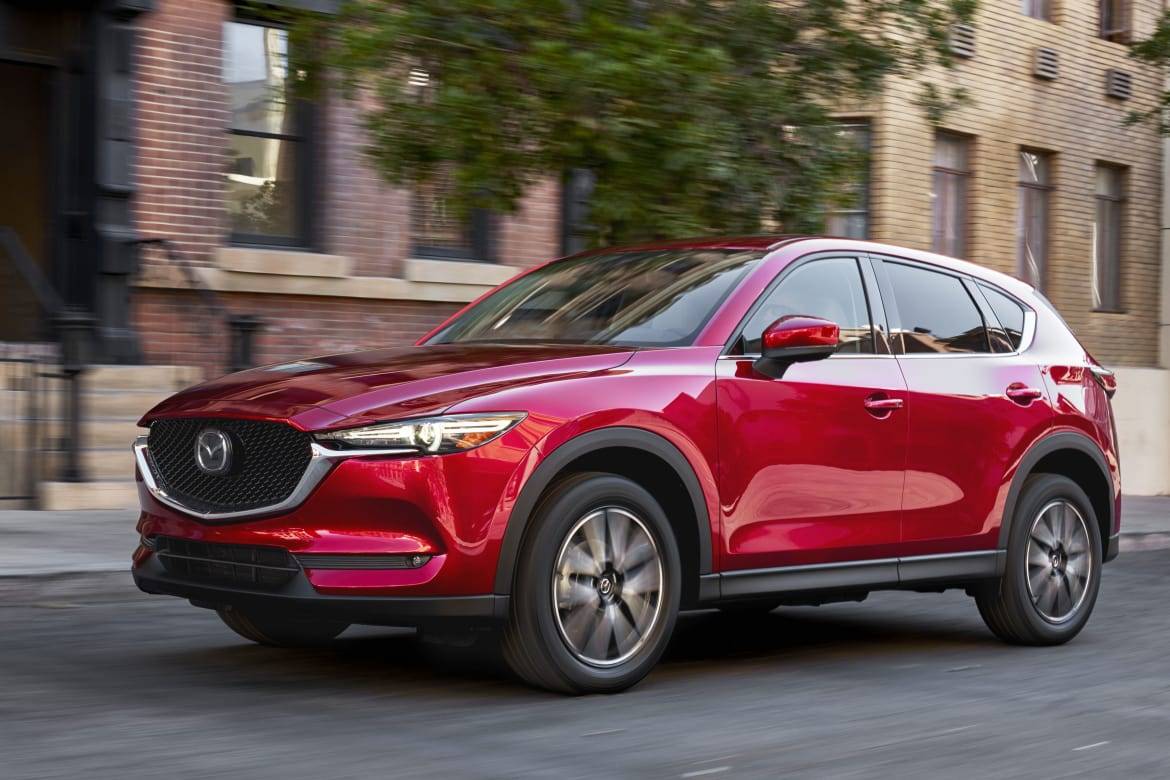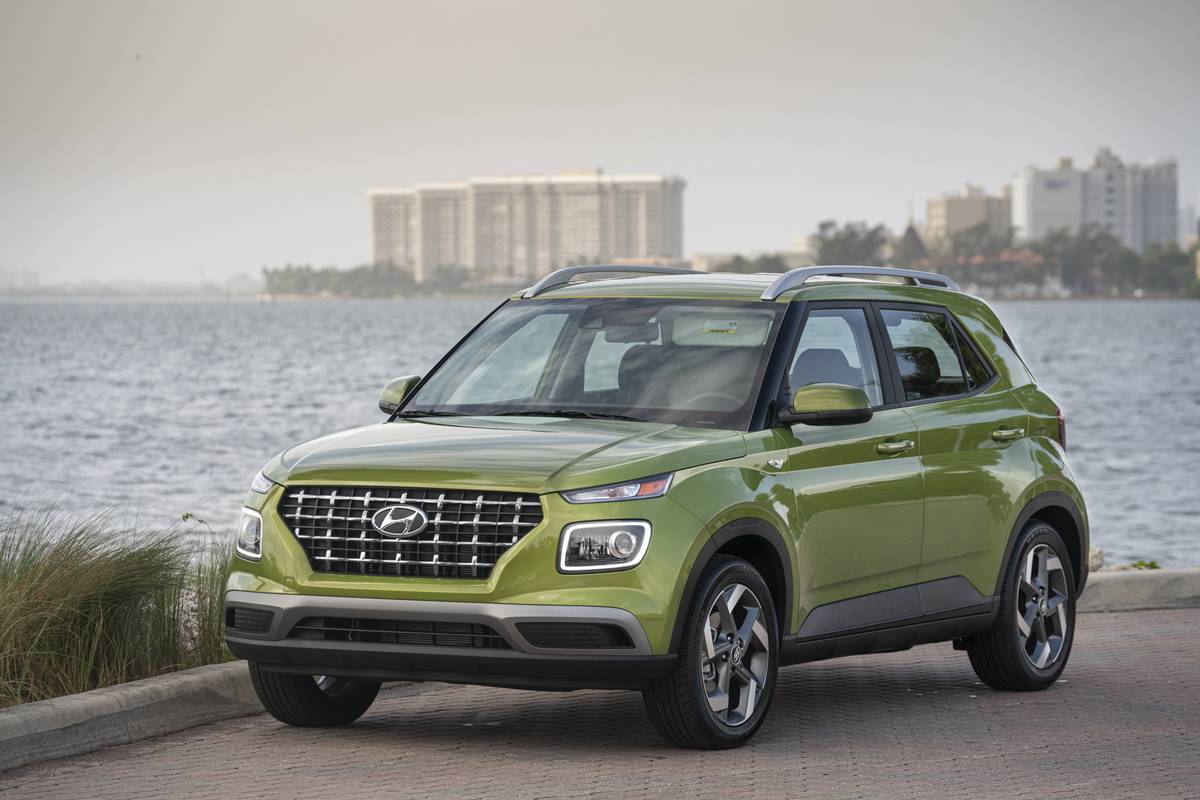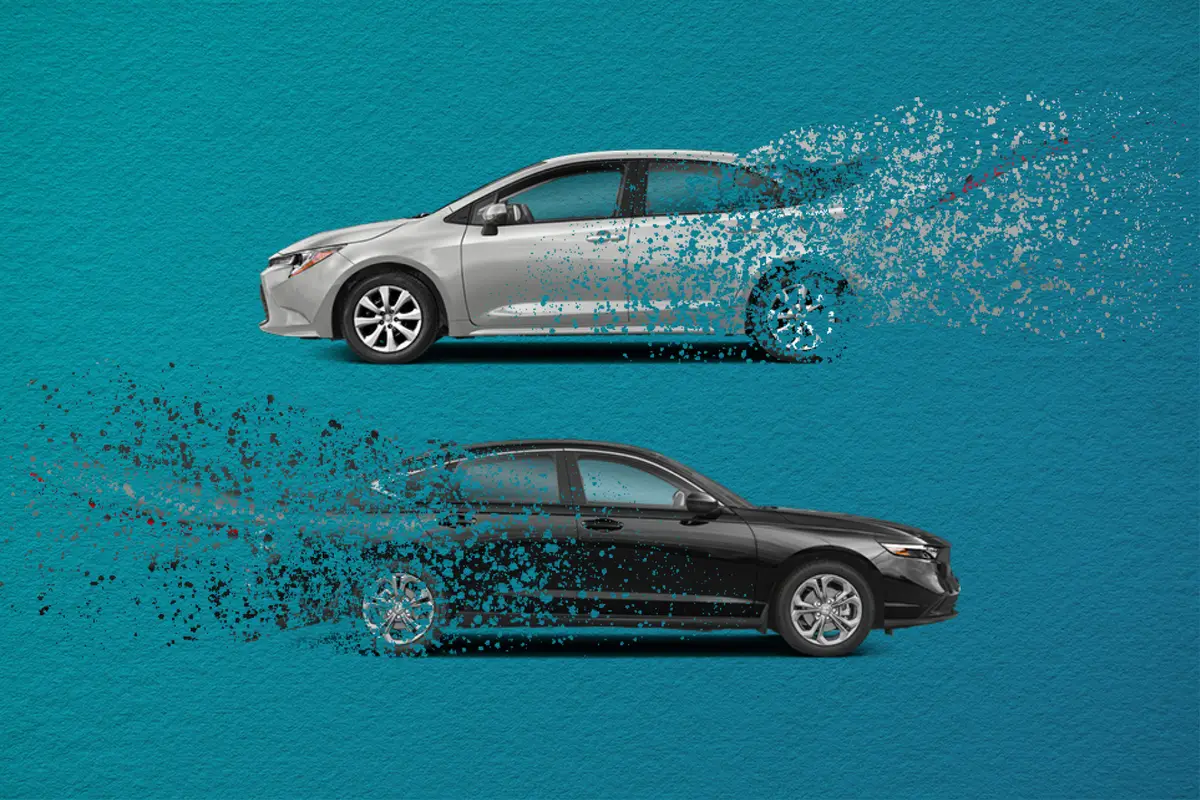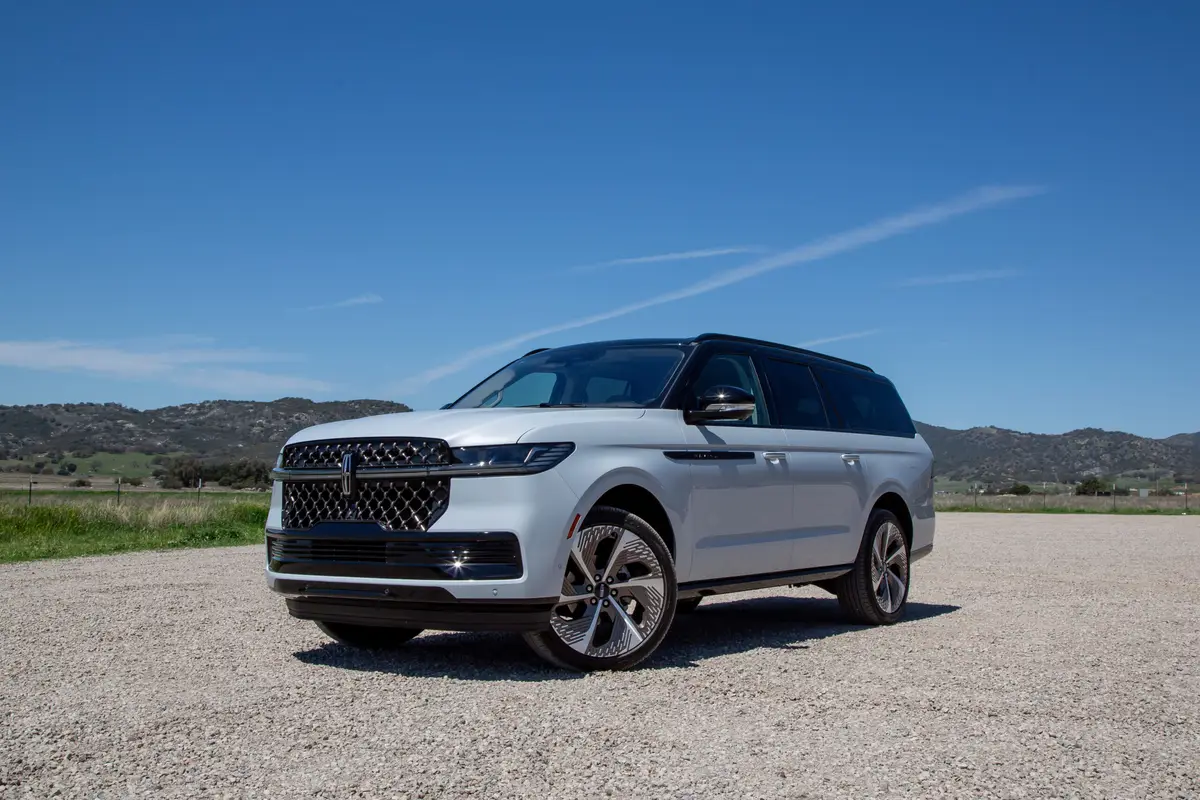2019 Mazda CX-5 Diesel Fuel Economy Nothing to Get Excited About


Mazda’s long-ago announced (and much-delayed) diesel engine for its CX-5 compact SUV might finally be ready to hit showrooms, given the appearance of its EPA fuel economy ratings (tip of the hat to Autoblog for alerting us to it). Unfortunately, the numbers aren’t significantly improved over the CX-5’s gas engines — which may be why this news wasn’t accompanied by a trumpets-blaring press release from the automaker.
Related: 2018 Mazda CX-5 Lights the Way to Top Safety Pick Plus
With front-wheel drive, the turbo-diesel 2.2-liter four-cylinder is rated at 28/31/29 mpg city/highway/combined, while adding all-wheel drive causes a 1-mpg drop across the board to 27/30/28 mpg. Gas versions of the Mazda CX-5, powered by a 2.5-liter four-cylinder and running on regular, are rated at 25/31/28 and 24/30/26 mpg for front- and all-wheel drive, respectively.
While city fuel economy is noticeably improved in the diesel version of the CX-5, highway fuel economy sees just a slight increase. If you’re considering the diesel as a potential cost-saver, keep in mind the type of driving you’ll be doing in the CX-5 as well as the relative costs of diesel and regular gas in your area.
- ${price_badge()}
- ${battery_badge()}${ev_report_link()}
- ${hot_car_badge()}
- ${award_badge()}
- ${cpo_badge()}
${price_badge_description}
The EV Battery Rating is based on this vehicle's current expected range relative to the vehicles expected range when new. ${battery_badge_text}
Certified cars are manufacturer warrantied and typically go through a rigorous multi-point inspection.
This car is likely to sell soon based on the price, features, and condition.
${award_blurb}
${award_two_blurb}
Shop the 2018 Mazda CX-5 near you


The real difference is in the torque ratings. The gas engine produces 186 pounds-feet and, while we don’t yet have official ratings for the diesel in the U.S., it’s rated at 310 pounds-feet in foreign markets. Mazda has told us in the past that this is likely to be close to its U.S. rating. That extra torque should give the diesel CX-5 a little better pull off the line and make it a bit more useful for towing and hauling.
The only competing diesel compact SUVs available right now are the Chevrolet Equinox and its powertrain twin, the GMC Terrain. Those models have turbo-diesel 1.6-liter four-cylinders rated at 28/39/32 and 28/38/32 mpg for front- and all-wheel drive, respectively. Those are significantly better highway ratings and very similar city ratings. If fuel economy is your only deciding factor, the Mazda CX-5 diesel might not cut it.
Editor’s note: This story was updated Aug. 27, 2019, to correct the model year.
Cars.com’s Editorial department is your source for automotive news and reviews. In line with Cars.com’s long-standing ethics policy, editors and reviewers don’t accept gifts or free trips from automakers. The Editorial department is independent of Cars.com’s advertising, sales and sponsored content departments.

Road Test Editor Brian Normile joined the automotive industry and Cars.com in 2013, and he became part of the Editorial staff in 2014. Brian spent his childhood devouring every car magazine he got his hands on — not literally, eventually — and now reviews and tests vehicles to help consumers make informed choices. Someday, Brian hopes to learn what to do with his hands when he’s reviewing a car on camera. He would daily-drive an Alfa Romeo 4C if he could.
Featured stories



2025 Lincoln Navigator Review: Elephantine Elegance

